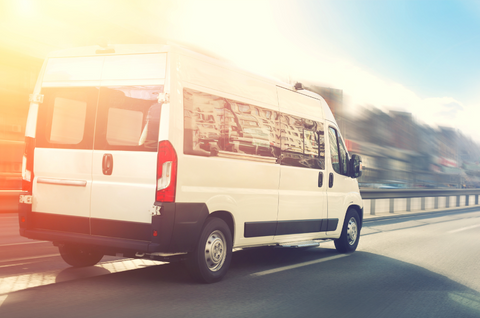There are all sorts of vehicles where jump seats may be found and used. This type of seat is different from traditional bench-style or captain-style seating found in cars, trucks, RVs, buses, boats, or trains. Rather, it is a folding seat that can be opened and closed to create a seat for someone to sit, or to provide extra storage and cargo space.
A Brief History of the Jump Seat

The concept of the “jump seat” or “jumper seat” dates back to well before the era of automobiles, with its origins rooted in the mid-19th century during the time of horse-drawn carriages. Integral to carriage architecture, jump seats served a specific purpose.
They were typically used to accommodate household staff during travel. Given the social norms of the time, these staff members were not permitted to sit within the carriage alongside their employers. Instead, they occupied the jump seats positioned at the rear of the carriage. This arrangement allowed them to quickly disembark to manage the carriage doors and assist their employers with entry and exit.
As the 20th century began and automobiles emerged as the new symbols of convenience and luxury, the practical design of the jump seat was naturally integrated into early automobile models. This tradition persisted even as cars became more accessible to the general public, ensuring that the jump seat remained a staple of vehicle design for various practical purposes.
Top 7 Vehicles That Use Jump Seats

Jump seats are versatile and functional components found in various types of vehicles. They are especially useful in maximizing space and providing extra seating when needed.
Here are some of the vehicles that commonly incorporate jump seats:
-
Semi-Trucks
Often used in long-haul trucking, truck jump seats in semi-trucks provide additional seating for co-drivers or other passengers, enabling rest and rotation during extensive travel. -
Buses
Many buses feature jump seats near the front, typically used by the conductor or additional passengers. These seats are designed to fold up when not in use, conserving space. -
Minivans
In family-oriented minivans, jump seats help accommodate extra passengers, often positioned between the regular rows of seats for children's easier access. -
Crossovers
Crossover vehicles blend the attributes of cars and SUVs, with jump seats often added to extend seating capacity beyond the usual five seats, making room for additional passengers. -
RVs
Recreational vehicles (RVs) use jump seats to add seating areas that can double as sleeping spaces, enhancing the functionality of the living space. -
Boats
On boats, jump seats are commonly found in the cockpit or on the deck, offering extra seating that can be stowed away to free up space for other activities. -
Trains
In trains, jump seats are typically used by the crew, particularly in the driver’s cabin or conductors’ areas, but they can also be found in passenger compartments to maximize the seating capacity.
Choosing the Right Jump Seat
When selecting a jump seat for your type of vehicle, you need to make sure it satisfies federal safety standards. For example, certain vehicles will require any jump seat to provide a seatbelt for the occupant. You will also want to make sure the overall dimensions of the seat will fit easily into the vehicle.
Please feel free to contact Suburban Seating & Safety at (844) SAS.SEAT for further help and assistance in finding the right jump seat for your vehicle today!

